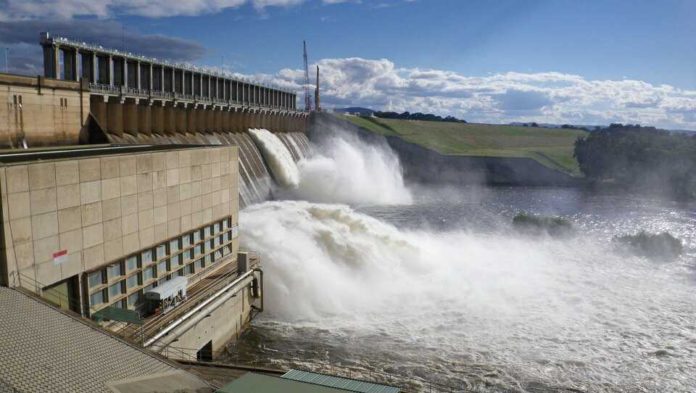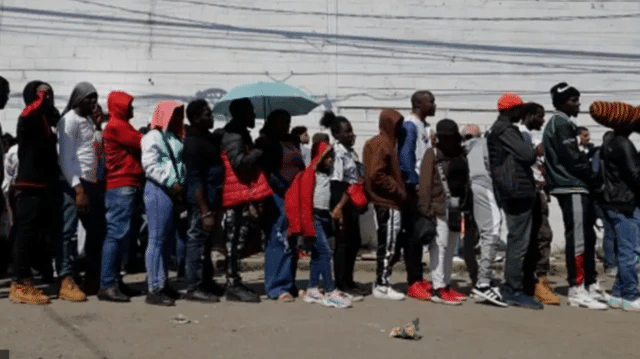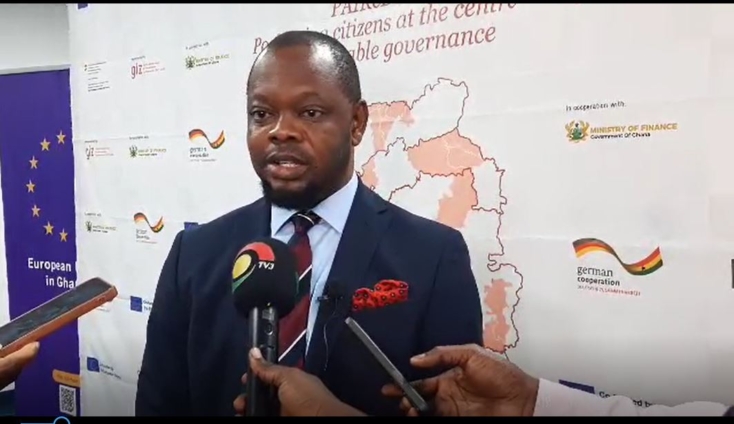The Weija Gbawe Municipal Directorate of the National Disaster Management Organisation (NADMO) has asked residents living around the Weija Dam to relocate in the wake of an imminent spillage of the dam by the Ghana Water Company Limited.
That, the directorate said, was to prevent the loss of lives and the destruction of property because of the imminent spillage of excess water to save the dam.
The Weija-Gbawe Municipal Director of NADMO, Emmanuel Adu-Boahene, who gave the advice in an interview with the Daily Graphic last Wednesday, stressed that his outfit had started going round the various communities, especially areas around the downstream, to sensitise people to relocate to avoid disaster.
The GWCL has said that the water level had started rising due to the recent rains.
“This is to inform you that with the onset of the rains, the Weija Dam is gradually experiencing a rise in its water level, and failure to commence immediate spilling may result in endangering lives and property,” the letter stated although it fell short of specifying a date for the intended spillage.
“Even though we intend to start this spillage at a very low rate to minimise its effect downstream, the actual rate would be determined by the inflow of water into the dam,” the letter signed by the GWCL Regional Chief Manager, Charles Tulashie, to the Managing Director of the company added.
The letter, dated March 7, 2024, was copied to a host of individuals, including the Weija-Gbawe Municipal Chief Executive, the Ga South Municipal Chief Executive, the Station Manager of the Weija Water Treatment Plant, the NADMO Regional Director, National Security at the Weija Gbawe Municipal Assembly and the NADMO Coordinator at the Ga South Municipal Assembly.
Safeguard
The GWCL emphasised that “the spillage would continue as long as the level of water in the dam keeps rising. This is to safeguard the dam from any possible collapse”.
Mr Adu-Boahene said aside the sensitisation of residents to make them understand why they needed to move, the assembly was undertaking dredging activities in the municipality in water courses in order to prevent flooding during a downpour.
Last Saturday, he said, the assembly started dredging to widen the way to the sea.
He said it had started raining in the Eastern Region, the main source of water for the dam, while Accra had also started experiencing some rains.
“With the caution from the GWCL, we would like to appeal to people living in and around the Weija Dam, especially those at the downstream, to relocate to avoid being flooded in the event of rains,” he said.
Disaster
For two years, communities close to the Weija Dam, including Weija, Oblogo and Tetegu, were submerged by flooding after the GWCL opened the five spill gates of the dam to spill water to save the dam from collapse.
One person died, while about 2,000 people were affected directly by the flooding at Weija.
Spillage from the Weija Dam is an annual event which usually occurs during the rainy season.
Within a year, the dam could be spilled a number of times depending on the water level.
The maximum water level the dam can contain is around 47 feet.
Construction of the Weija Dam began in 1974 and was completed in 1978 by Messrs Tahi, an Italian company.
Source: Graphic Online





